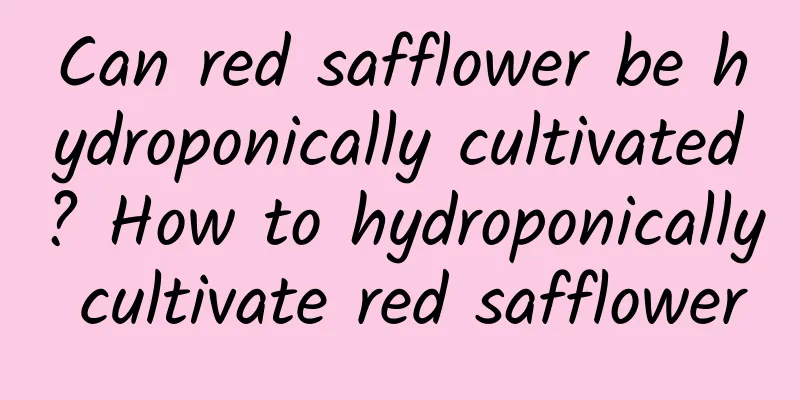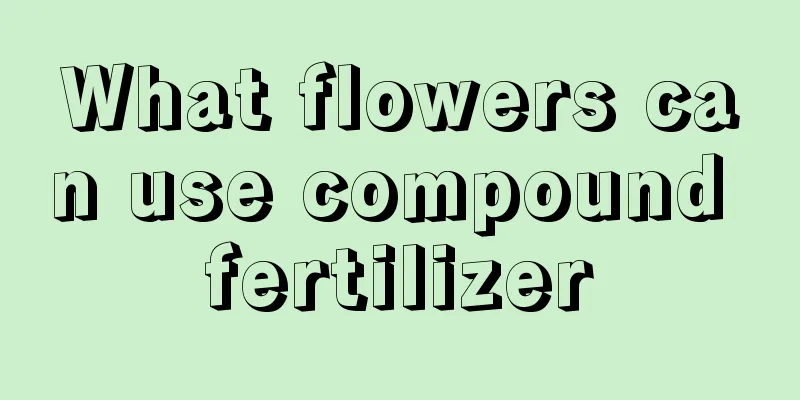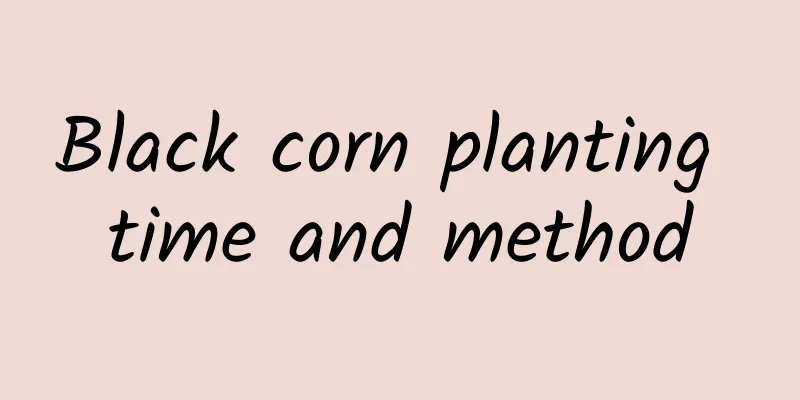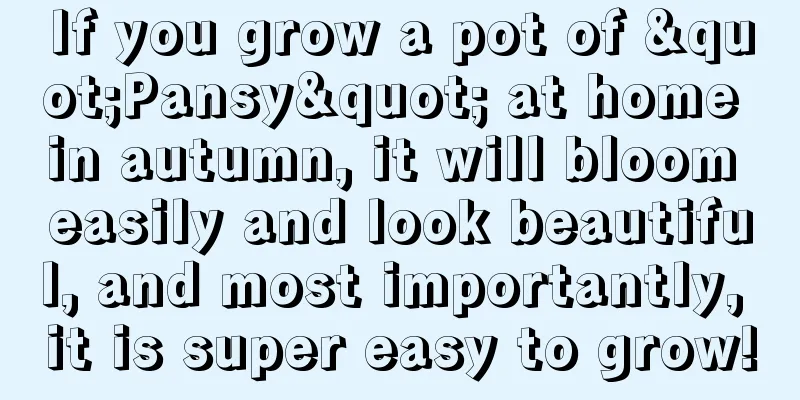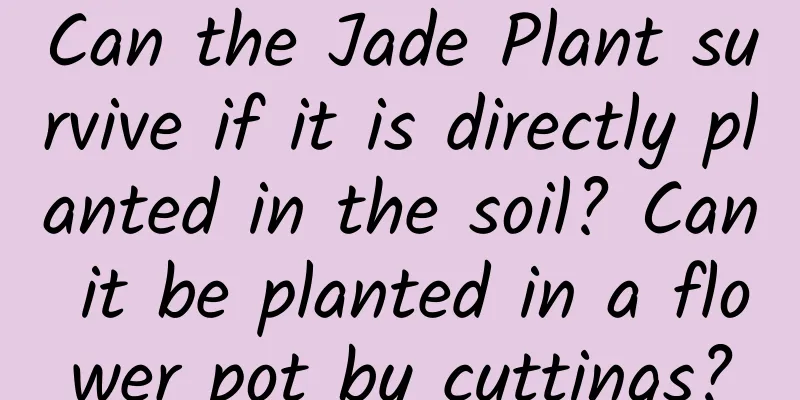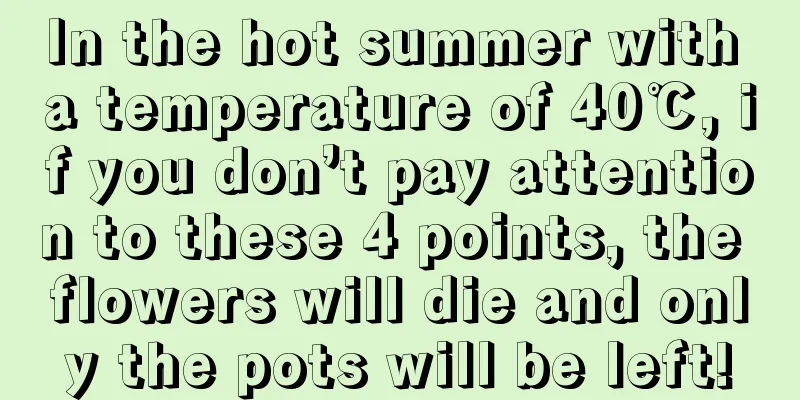How to fertilize geraniums
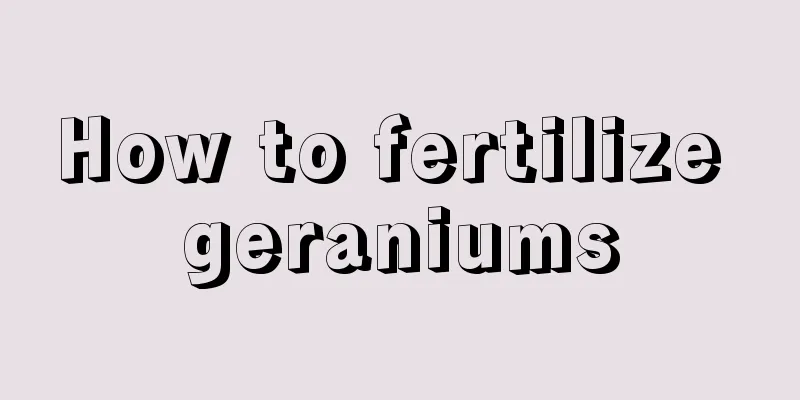
What fertilizer to applyGeraniums like fertilizer, but it is difficult to know exactly what kind of fertilizer they need. So when you buy fertilizer, there will be three numbers on the packaging bag, showing the ratio of nitrogen, phosphorus and potassium. The elements needed at different times are different. So when buying, you should consider what you need. If you find it troublesome, it is recommended to choose one with relatively balanced elements, and then supplement the elements appropriately. How to fertilize during floweringIn fact, daily maintenance and fertilization are trivial matters. Just choose organic compound fertilizer and it will have no effect. But the flowering period is different, so we must ensure that the plants grow well and provide sufficient nutrients to the flowers. So what kind of fertilizer should be applied? Most flower lovers know that during the flowering period of geranium, too much nitrogen fertilizer should not be applied, and phosphorus-containing compound fertilizer should be chosen. The amount of fertilizer should also be determined according to the size of the pot. For a pot with a diameter of 20 cm, the dosage is 5-10 grams. Top dressing should be applied once before flowering, and additional fertilizer should be applied after flowering. Liquid fertilizer can be directly watered. If it is in granular form, it can be buried at the edge of the pot, away from the plant and absorbing roots. Can I use slow-release fertilizer?Can. To make it easier for lazy people to grow flowers, slow-release fertilizers have appeared on the market. That is, when the fertilizer is put into the soil, the fertilizer effect will evaporate slowly, and there is no need for repeated fertilization. However, there is no definite time limit for geraniums to absorb fertilizer, and it is not known whether the fertilizer effect has been exhausted. Usually slow-release fertilizer can last for 6 to 9 months, and then observe the growth of the plant. When it shows symptoms of malnutrition (reduced number of flowers, smaller inflorescences, yellowing of small leaves, slower growth, etc.), it means that the fertilizer is exhausted, it is hungry, and has been hungry for several weeks. At this time, add fertilizer in time, and it will slowly recover in 3 to 4 weeks. |
Recommend
Fertilization method for potted camellia
Nitrogen fertilizer to promote spring shoots Gene...
Can chestnut trees be transplanted in winter? The time and method of transplanting
Can chestnut trees be transplanted in winter? Che...
What to do if the tiger skin plant does not sprout new shoots
1. Change to a larger pot (1) Specific reason: If...
When is the best time to plant lettuce?
The entire growing cycle of lettuce is about 40 d...
8 recipes for making your own water-soluble fertilizer
In agricultural production, water-soluble fertili...
How to grow Jade Dew in winter
1. Stay warm Jade plant is not a very cold-resist...
Jasmine tea's efficacy and contraindications
1. Efficacy 1. Antibacterial and anti-inflammator...
How to propagate hollyhock
Hollyhock propagation method: sowing method The s...
What flowers are suitable for planting in tall flower pots
Reasons for not being able to fill with soil It c...
What kind of grass is best for feeding cattle and sheep (Which kind of grass is high-yield and easy to grow for feeding cattle and sheep)
With the continuous development of animal husband...
What to do if the Jade Leaf drops its leaves
Reasons for leaf drop Reason 1: Excessive waterin...
Common diseases of crape myrtle and their prevention and control methods
Powdery mildew on crape myrtle symptom Powdery mi...
How to grow cactus hydroponically
Ecological habits Cactus likes strong light, is r...
How to divide Dieffenbachia
Dieffenbachia division time The genus Dieffenbach...
How to prune hydroponic green radish
1. Can it be trimmed? 1. Many people think that t...
